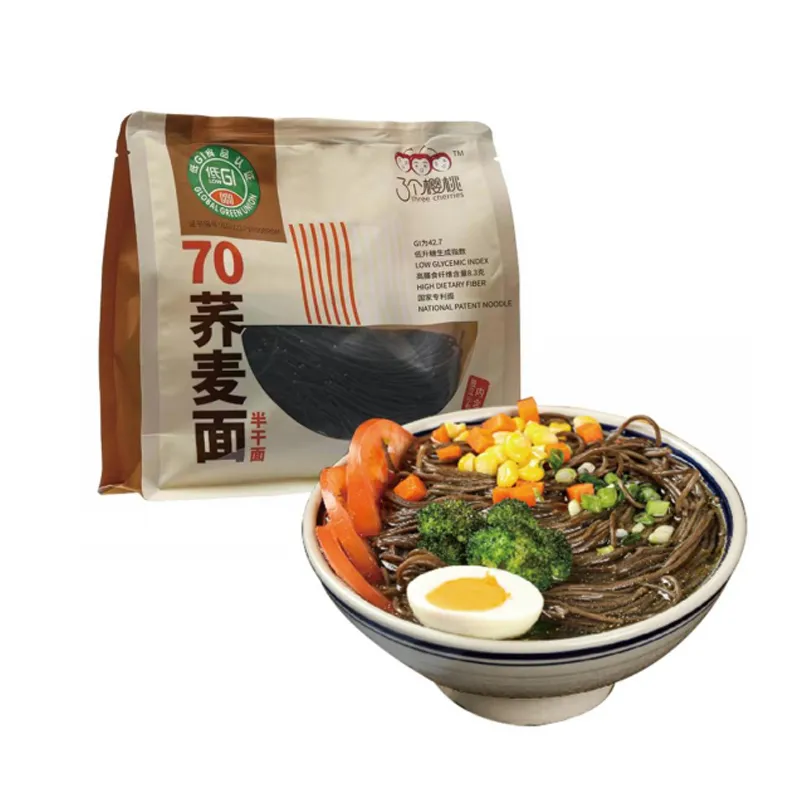Exploring Delicious Udon Varieties for Every Taste and Preference
The Delight of Udon A Culinary Journey
Udon, a type of thick noodle originating from Japan, is not just a staple of Japanese cuisine but a symbol of comfort and satisfaction for many. Made from wheat flour, water, and salt, udon noodles are known for their chewy texture and ability to absorb flavors, making them a versatile ingredient suitable for various dishes. This article explores the delectable world of udon, including its history, preparation methods, and the diverse range of dishes that feature this beloved noodle.
A Brief History of Udon
The origins of udon can be traced back to the 5th century, with some historical accounts suggesting that the noodles may have been influenced by the noodles brought over from China. Over time, udon evolved into a distinct Japanese culinary tradition. There are different regional styles of udon, each boasting unique characteristics and preparation techniques. For instance, Sanuki udon from Kagawa Prefecture is famed for its firm texture, while Ishikawa Prefecture’s udon is known for its softer consistency. This regional diversity adds to the allure of udon, allowing diners to experience a taste of tradition and culture with every bite.
Preparing Udon
Making udon from scratch can be a labor of love, but it is well worth the effort. The fundamental process involves mixing the ingredients to form a dough, which is then kneaded, rolled out, and sliced into noodles. One key aspect of udon preparation is the resting period. The dough needs to rest to relax the gluten, allowing for the characteristic chewiness once the noodles are cooked.
For those who prefer convenience, numerous pre-packaged udon options are available in grocery stores. Fresh, frozen, or dried varieties offer easy preparation without sacrificing taste. Regardless of the type chosen, cooking udon usually involves boiling the noodles until they are tender, followed by a quick rinse to stop the cooking process.
u udon

The Versatility of Udon Dishes
Udon is incredibly versatile and can be enjoyed in a multitude of ways. One of the most traditional preparations is kake udon, where the noodles are served in a simple, flavorful broth made from dashi (a stock), soy sauce, and mirin. Topped with green onions, tempura, or a raw egg, kake udon embodies comfort food at its finest.
Another popular dish is yaki udon, which consists of stir-fried udon noodles tossed with a mix of vegetables, proteins like chicken or tofu, and a savory sauce. This dish showcases udon’s adaptability, making it suitable for a quick weeknight dinner.
For those craving something heartier, curry udon provides a fusion of flavors. The thick noodles are cooked in a rich Japanese curry, creating a warm and fulfilling meal. This dish highlights how udon can take on various flavors, from traditional broths to contemporary sauces.
Conclusion
Udon is more than just a noodle; it is an experience that connects people to Japan’s rich culinary heritage. With its intriguing history, diverse preparation methods, and myriad of dishes, udon continues to captivate the taste buds of food lovers worldwide. Whether enjoyed in a cozy restaurant or made at home, each bowl of udon tells a story of tradition, comfort, and satisfaction. As you savor a warm bowl of udon, you partake in a timeless journey that transcends cultures and brings people together over the joy of food.
-
Unlock the Delicious Potential of Yam NoodlesNewsAug.11,2025
-
The Authentic Taste of Lanzhou NoodlesNewsAug.11,2025
-
Savor the Art of Hand Pulled NoodlesNewsAug.11,2025
-
Indulge in the Timeless Delight of Spaghetti BologneseNewsAug.11,2025
-
Indulge in the Rich Flavor of Braised Beef NoodlesNewsAug.11,2025
-
Elevate Your Meals with the Magic of Fresh PastaNewsAug.11,2025
-
Unleash Your Inner Chef with Delectable Italian Pasta CreationsNewsAug.01,2025
Browse qua the following product new the we

















































































































